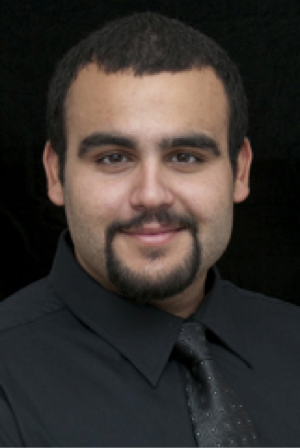Here's a look at how to make sure you're jumping through all the right regulatory hoops to bring your mobile medical app to market.
November 3, 2014

Here's a look at how to make sure you're jumping through all the right regulatory hoops to bring your mobile medical app to market.
By David Amor, CQA, MS
Editor's note: This is the fourth installment in David Amor's Med-Dev from Scratch: Compliant Innovation column dedicated to helping entrepreneurs build their medical device companies in a compliant and streamlined way. You an also read the first, second, and third installments in the series.
iPhones are the new medical device. It’s true. Every time I login to medical device news organizations, mobile health is one of the dominating topics of interest. Just (literally) before I wrote this article, FDA approved a Dexcom device that uses a secure wireless connection to transmit the glucose levels of a person with diabetes to the smartphones of up to five designated recipients, or “followers.”
This blurring of social interaction with medical devices is a frontier that several companies are seeking to pioneer, and it has become clear that mobile medical applications are the next big thing in medtech. Even the company I cofounded, Remind Technologies, has a mobile app component. Thus, it comes as no surprise that several of Medgineering’s newest clients are either companies seeking to add a mobile app to their portfolio or mobile medical app startups.
Here are the two most common questions we receive about mobile medical apps:
How Do I Classify My Mobile Medical App?
FDA released a solid guidance document in September of 2013 that categorized mobile medical apps into 3 distinct categories: apps that will be regulated, apps that will be regulated by discretion, and apps that won’t be regulated.
Let’s start with apps that won’t be regulated. These are pretty straightforward and include apps with no intended use except for information, education, or noninterventional use. Examples of these apps include anatomy textbooks converted for the iPad, physician practice tests, etc.
The apps FDA will regulate, on the other hand, are those that the meet the regulatory definition of “medical device” (section 201(h)) and that are intended to be used as an accessory to a regulated medical device, or transform a mobile platform into a regulated medical device. This is also—for the most part—straightforward. If your app has an intended use that is identical to a regulated medical device, it too is a medical device. If your app transforms a mobile platform (iPad, iPhone, etc.) into an accessory to a medical device, it will be regulated as such. The key in the regulated category is truly the intended use of the app.
The third category, which falls more into a gray area, includes apps that “are regulated by enforcement discretion.” In a nutshell, these are usually apps that can be used as guidance for making medical decisions but do not ultimately meet the definition of a medical device per section 201(h). Examples include health and weight trackers and NIH Stroke Score calculators.
A good starting point is to review FDA’s Web site for cleared mobile medical apps, choose an app that looks like yours, and review the examples on the site.
How Do I Submit My Mobile Medical App for FDA Clearance or Approval?
Mobile medical apps that are regulated as medical devices undergo the same submission path as other medical devices, including 510(k) premarket notifications when a predicate exists. To date, there has been only one Class III mobile medical app; the rest are typically Class I exempt or Class II. The best approach for submissions is to identify a medical device equivalent that may be used as your predicate. If you can’t find a good match, it is advisable to find a medical device with the same intended use as your mobile medical app.
 David Amor is a medical device consultant who has worked with companies such as Boston Scientific, St. Jude Medical, and Hospira to develop quality management systems and guide FDA remediation projects. A graduate of the Senior Innovation Fellows program at the University of Minnesota Medical Device Center, Amor was named one of MD+DI’s Top 40 Under 40 Medical Device Innovators in 2012. He founded MEDgineering, a niche quality consulting firm focusing on remote compliance solutions including FDA remediation, quality staffing and consulting, and medtech investment due diligence. Amor and his Medgineering team cofounded www.myquickconsult.com, an online consulting marketplace that allows flexible question/answer and small project consults. He also currently serves as chief operating officer of ReMind Technologies, a mobile health startup dedicated to tackling medication adherence by using smart-device-based medication dispensing units and software applications.
David Amor is a medical device consultant who has worked with companies such as Boston Scientific, St. Jude Medical, and Hospira to develop quality management systems and guide FDA remediation projects. A graduate of the Senior Innovation Fellows program at the University of Minnesota Medical Device Center, Amor was named one of MD+DI’s Top 40 Under 40 Medical Device Innovators in 2012. He founded MEDgineering, a niche quality consulting firm focusing on remote compliance solutions including FDA remediation, quality staffing and consulting, and medtech investment due diligence. Amor and his Medgineering team cofounded www.myquickconsult.com, an online consulting marketplace that allows flexible question/answer and small project consults. He also currently serves as chief operating officer of ReMind Technologies, a mobile health startup dedicated to tackling medication adherence by using smart-device-based medication dispensing units and software applications.
[main image corutesy of STUART MILES/FREEDIGITALPHOTOS.NET]
You May Also Like


